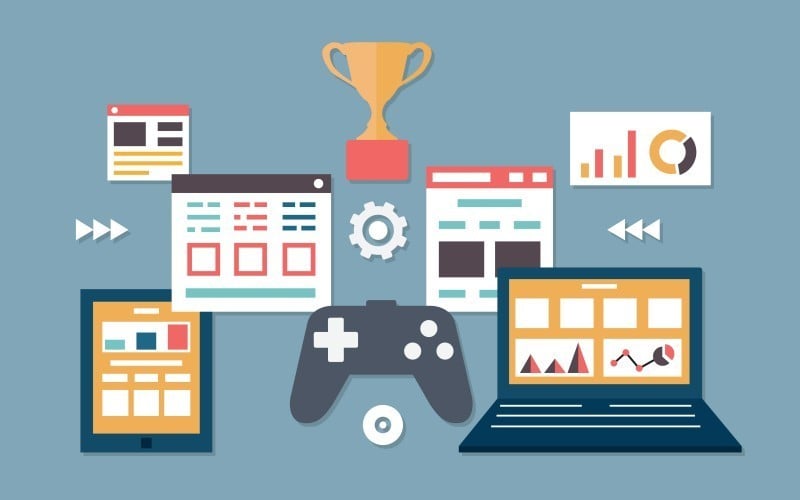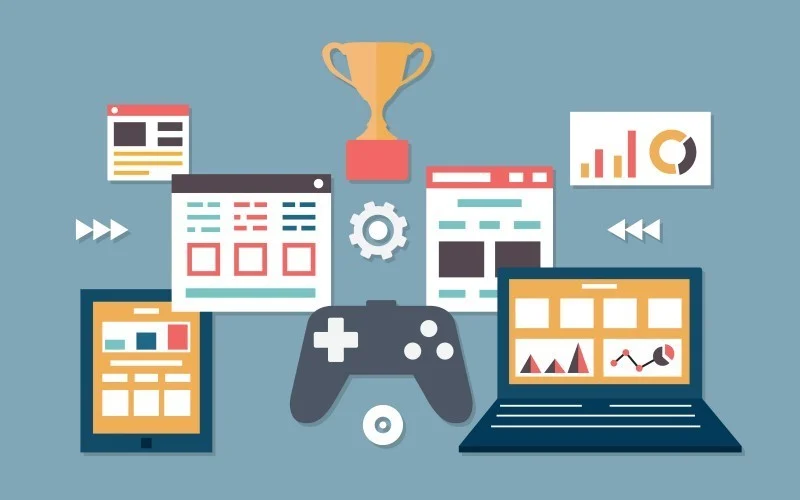
Anyone who enjoys games? Gamification in loyalty programmes has become increasingly popular due to reward-seeking behaviour, a natural competitive spirit, and the age-old fear of losing out. Nearly 60% of Gen Z and Millennials play video and other electronic games at least once a week, according to the 2021 Gartner Consumer Values and Lifestyle Survey. This is a fantastic chance for marketers to use gamification to engage with customers and foster loyalty.
Gamified loyalty programmes have a remarkable capacity for sustaining experience-driven customers’ engagement for extended periods of time as well as for fostering connections and communities among members. Gamification gives you the chance to gather crucial consumer data while encouraging clients to interact with and purchase from your brand more frequently.
Why Customer Loyalty Is Increased by Gamification in Loyalty Programs
The definition of gamification that best captures its essence is the use of game-like components and processes in non-game contexts. The demand for improved customer experiences is expected to drive the worldwide gamification industry to $40 billion by 2024. Your loyalty programme can become much more effective by adding fun components, which will also boost customer engagement, brand awareness, and customer lifetime value. Gamification boosts brand loyalty by 22%, customer engagement by 47%, and brand awareness by 15% for businesses that use it in their customer engagement strategy.
Gamification in loyalty programmes also increases engagement and gives your loyalty programme a more personalised touch. You can more effectively target Millennials and Gen Z, who have grown up with modern technology. These groups are also said to have a startlingly short attention span, therefore depending solely on traditional loyalty qualities will probably not be successful with them. Gamification is not only a fantastic way to discover your clients’ preferred brands, lifestyles, and product references, but it may also provide you with insightful feedback. Additionally, it can assist you in promoting involvement outside of transactions, rewarding certain acts, and encouraging repeatable habits
Gamification: How to Implement It in Your Loyalty Program
There are a few guidelines you should take into account when including gamification aspects into your loyalty programme. Setting goals is the first step. What are you seeking to achieve? Please explain. Then, in order to make your gamified loyalty programme effective, you must comprehend who your consumers are and the types of games they are most inclined to play.
Make the gamified loyalty programme available to your key clients in an app as well if they frequently check their phones. Encourage participants to participate in social sharing. You may also make leaderboards and badges because it instils a sense of competition in clients when they can see how other users are doing in the application. Engage your audience with a likes/dislikes questionnaire or present them with a variety of images to allow them to choose the choice that most resonates with them in order to better understand their preferences. You can offer more individualised rewards by using the data acquired through gamification for segmentation and improved targeting.
Spin the prize wheel to win!
Who doesn’t like to spin a wheel to collect points or rewards? Touchless solutions have become more popular since the outbreak. Fortunately, reward wheels work well with both in-store and mobile devices. An in-store reward wheel attracts customers right away and serves as a pleasant, entertaining approach to raise interest.
Learn More About QR Codes
An excellent strategy to raise awareness of your loyalty programme is to include QR codes on brochures or on signage in various locations throughout the store, on the counter, or in changing rooms. Consider adding a dynamic QR code to the tags or packaging of your best-selling products, which will lead customers to a landing page where they can join up for your loyalty programme in exchange for a reward. The use of QR codes is a fantastic approach to promote the download of your company’s app and add another point of contact with clients.
